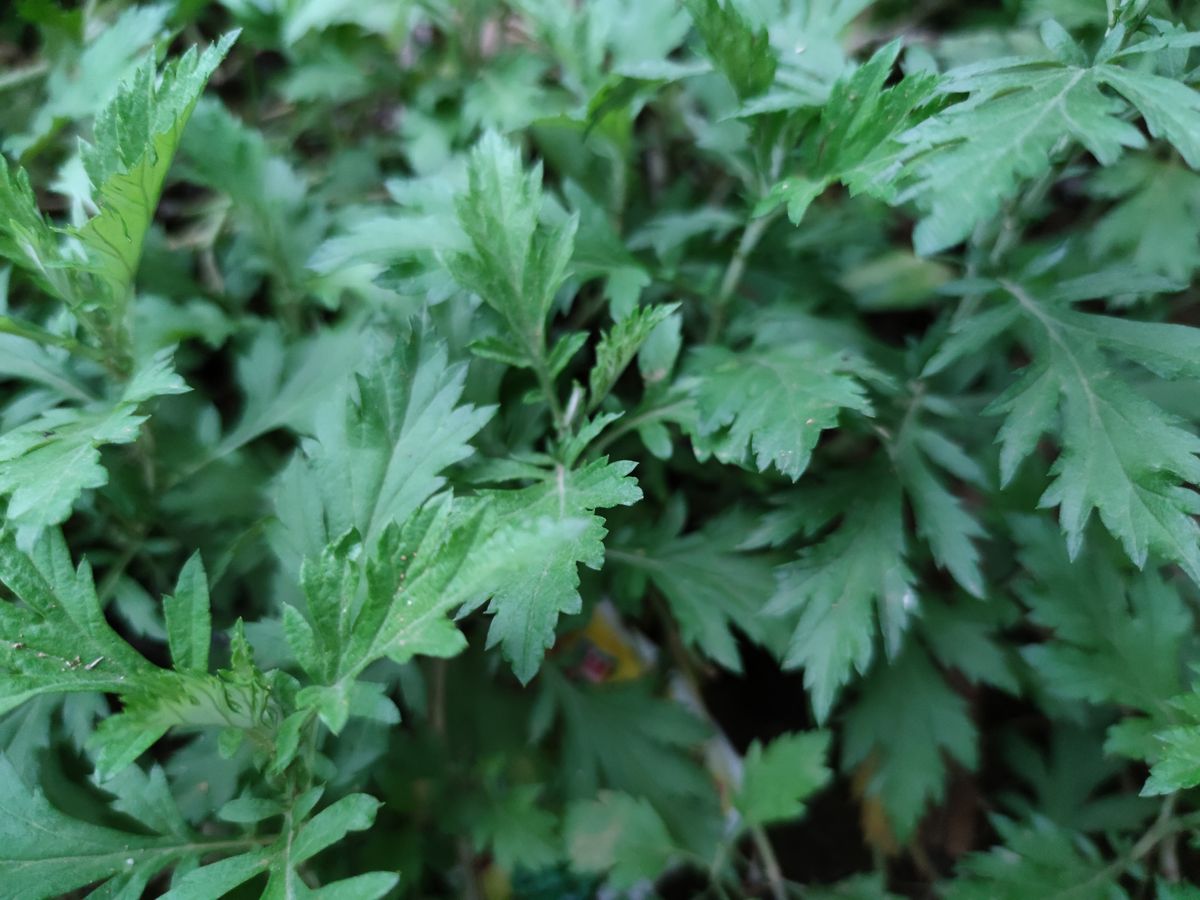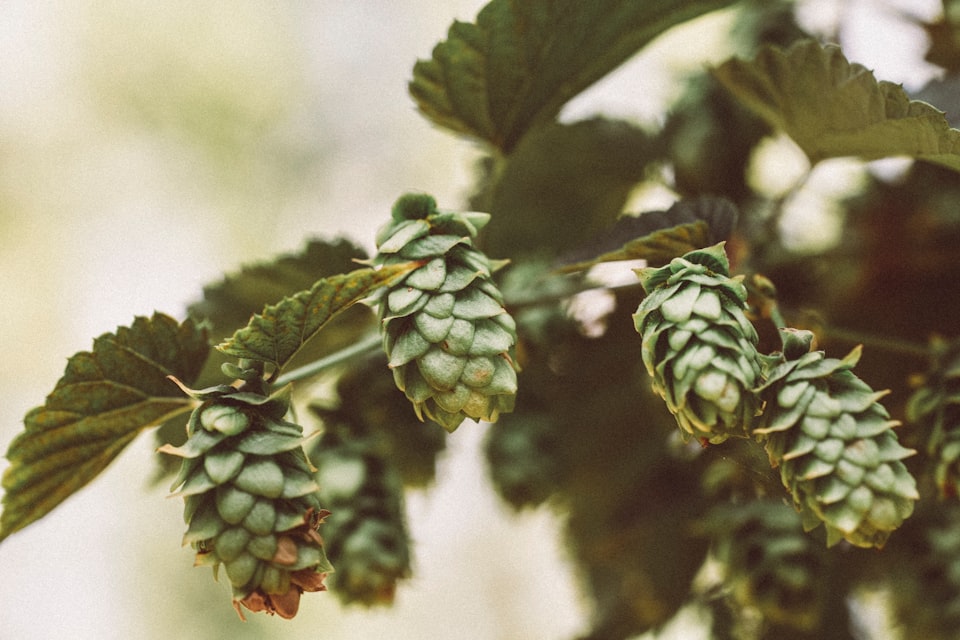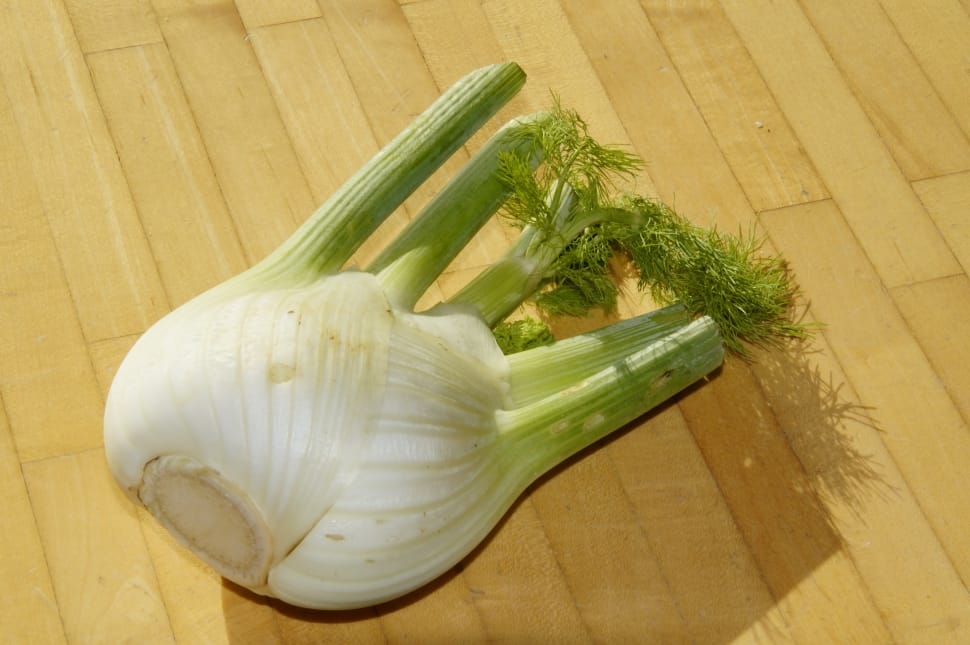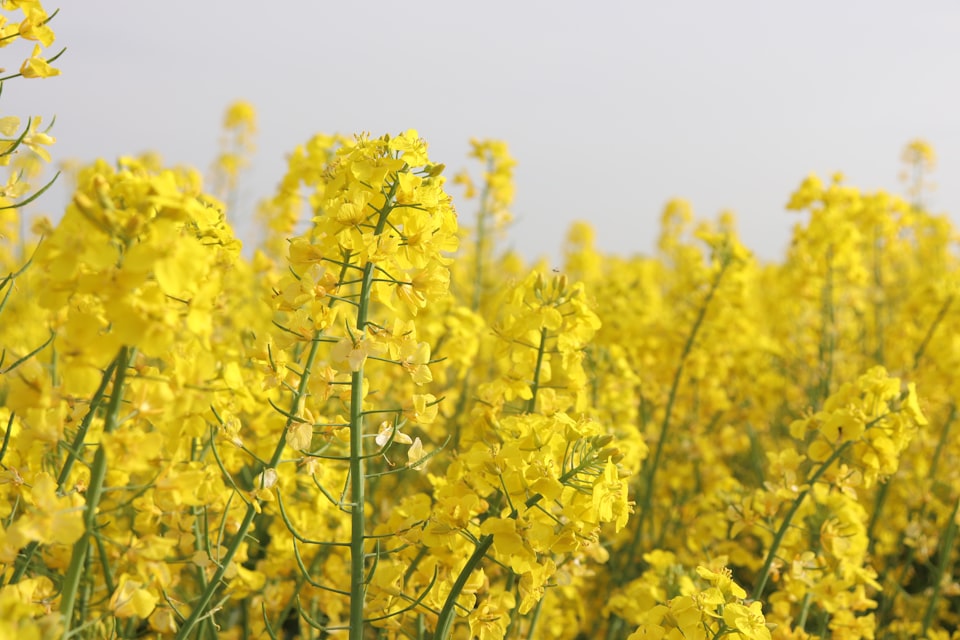VII: Mugwort
How mugwort smoke led to electroshock therapy.

Good morning. Today is septidi, the 7th of Thermidor, Year CCXXXI. We celebrate l'armoise, a funny little herb from the daisy family.
Mugwort contains thujone, that chemical we already met in wormwood that gives absinthe its extra something. While the herb has been considered medicinal in a number of ways – fighting off bacteria and other infections, decreasing inflammation, soothing sore feet – its most common uses all involve burning the dried leaves, likely because inhaling the smoke has a soothing and mildly hallucinogenic effect. However, people didn't realize or make use of this directly so much as attribute these good vibes to other reasons for burning the plant. This chain of events and mishaps ultimately led to electroshock therapy.



